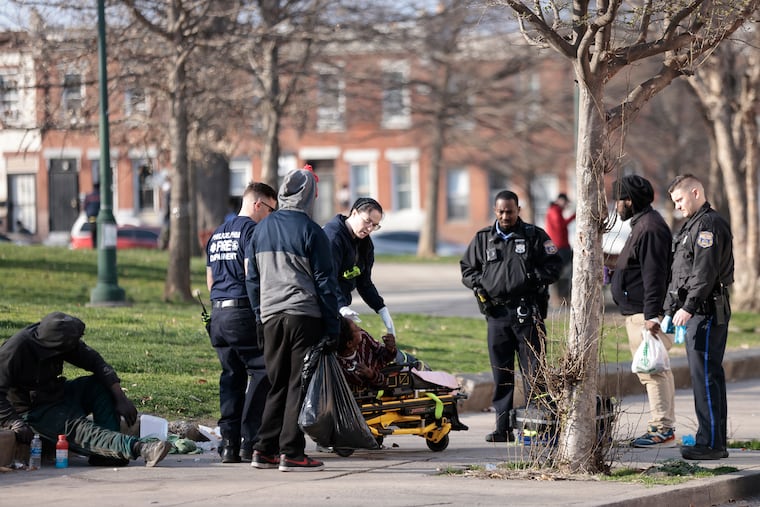Some in Kensington say police are using Narcan on people who aren’t overdosing
On the streets of Kensington, as elsewhere, the overdose-reversing drug has been a lifesaver. Some say it’s also been misapplied.

On the streets of Kensington, as elsewhere, the overdose-reversing drug has been a lifesaver. Some say it’s also been misapplied.
